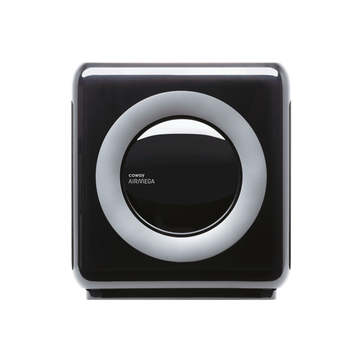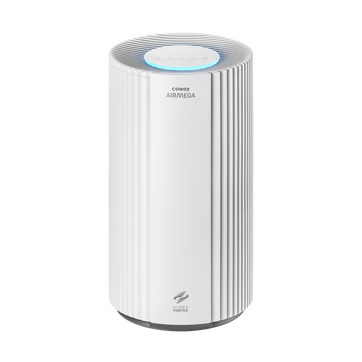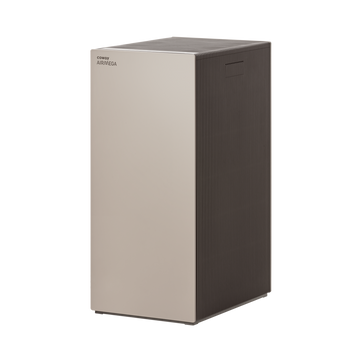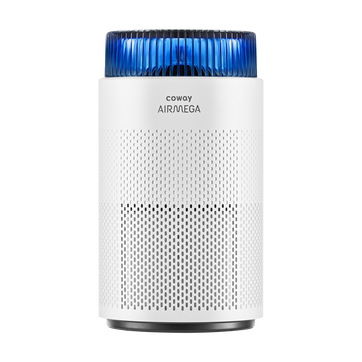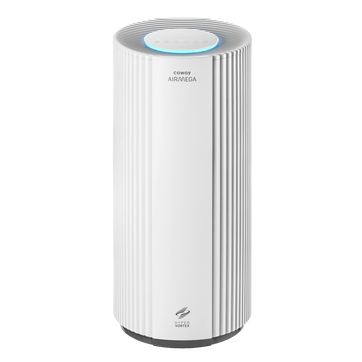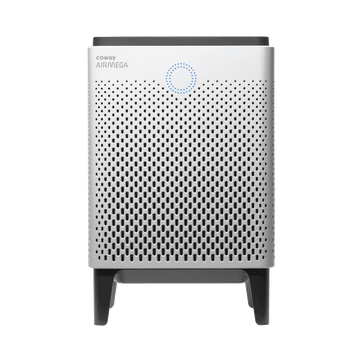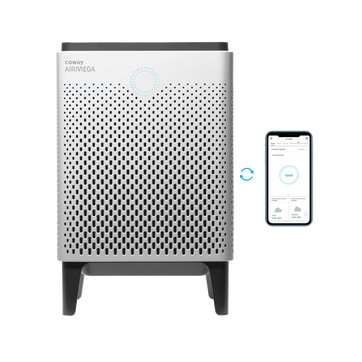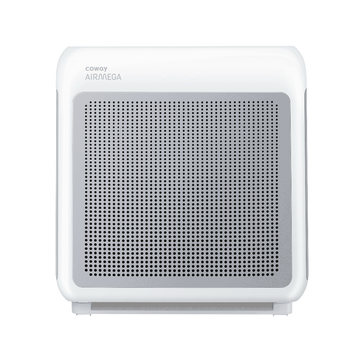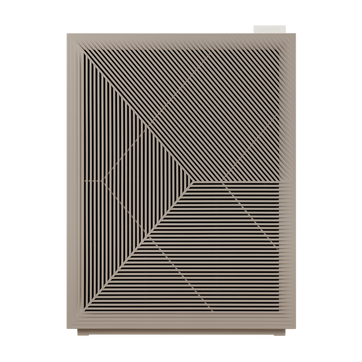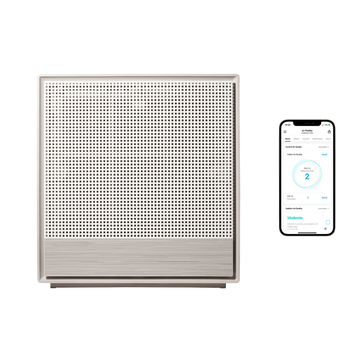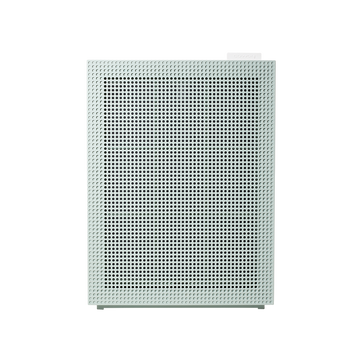
The 7 Worst Seasonal Allergies
If you're reading this through watery eyes while reaching for your third tissue of the morning, you're not alone. Over one in three adults and one in four children suffer from seasonal allergies, and this year is shaping up to be one of the worst allergy seasons on record.
The culprit? Climate change is creating a perfect storm for allergy sufferers. The freeze-free growing season lengthened in 87% of U.S. cities analyzed since 1970. These 172 cities saw their freeze-free season lengthen by 20 days on average.
What does that mean? Well, plants have more time to produce pollen, creating longer, more intense allergy seasons that are merging into one continuous cycle of misery.
But here's some good news. Armed with the right knowledge and tools—like our revolutionary new Airmega 350 and 450 with HyperVortex™ technology—you can take control of your indoor air quality and breathe easier all year long.
1. Winter-Spring Tree Pollen (January-May)
Forget waiting for spring flowers—tree pollen season now starts as early as December in southern states. In late March, Atlanta recorded a pollen count of over 14,000 grains per cubic meter, classified as "extremely high". The usual suspects include:
- Birch
- Oak
- Cedar
- Maple
Start allergy medications two weeks before your local tree pollen season begins. Check daily pollen forecasts and stay indoors during peak morning hours.

2. Spring Flower Pollen (March-June)
While beautiful, spring flowers release wind-borne pollen that travels for miles. Unlike insect-pollinated flowers with heavy, sticky pollen, wind-pollinated plants produce fine, lightweight pollen designed to travel right into your airways.
Create a "clean zone" in your bedroom using the Airmega 350, which efficiently purifies spaces up to 2,640 square feet. Its real-time air quality monitoring shows exactly when pollen levels spike.
3. Spring-Summer Grass Pollen (April-August)
Grass pollen causes most late spring and summer pollen allergy symptoms from April through early June. Common culprits include:
- Bermuda grass
- Kentucky bluegrass
- Timothy grass
- Ryegrass
After outdoor activities, immediately shower and change clothes. Leave your shoes at the door to prevent tracking pollen throughout your home.

4. Summer Mold (June-September)
Warm, humid conditions create ideal breeding grounds for mold, both outdoors and in your home. Bathrooms, basements, and kitchens are particularly vulnerable.
Keep indoor humidity below 50% and run air purifiers continuously in moisture-prone areas. The Airmega 450's coverage of up to 3,285 square feet makes it ideal for whole-floor protection.
5. Late Summer Ragweed (August-October)
Ragweed season may last 6 to 10 weeks until the first frost. A single ragweed plant can produce up to one billion pollen grains, and these microscopic particles can travel hundreds of miles on the wind.
Use the Airmega's customizable Allergen+ filter, specifically designed to target pollen, pet dander, and common allergy triggers.

6. Fall Mold (September-November)
Falling leaves mixed with morning dew or rainfall become mold incubators. Raking leaves releases millions of spores into the air.
Wear an N95 mask when doing yard work, and immediately wash clothes and shower after outdoor activities. You’ll want to use the Airmega's Auto Mode to automatically adjust filtration when mold spores are detected.
7. Christmas Tree Syndrome (December)
That fresh pine scent comes with a hidden cost—Christmas trees harbor multiple microscopic mold spores that multiply in your warm home. If you’re using a real tree, hose it down and let it dry completely before bringing it indoors. You’ll also want to position your air purifier near the tree to capture released spores.
Your Science-Backed Defense Strategy
When it comes to defending your home against allergens, Coway's advanced air purifiers deliver proven results. Our filtration technology captures 99.97% of airborne particles down to 0.01 microns—that's smaller than most bacteria and viruses.
Whether you choose our compact Airmega 100 for bedrooms, the versatile Airmega Mighty AP-1512HH for living spaces, or our new powerhouses—the Airmega 350 and 450 with revolutionary HyperVortex™ technology—you're getting laboratory-tested protection.
Plus, with customizable filter options like our Allergen+ filter, specifically designed for pollen and seasonal triggers, you can tailor your defense to match your specific allergy challenges. The result is cleaner air that lets you breathe easier, sleep better, and actually enjoy being in your own home, even during peak allergy season.
Fight Back Against Pesky Allergies
With more than 100 million people in the U.S. experiencing allergies and climate change extending allergy seasons indefinitely, the question isn't whether you need better air quality—it's how quickly you can achieve it.
Don't wait for symptoms to worsen. Explore the complete Airmega lineup and find the perfect solution for your space. Because when it comes to allergies, the best defense is a proactive offense, and cleaner air is just a breath away.
Disclaimers
1Coway air purifiers have been proven to trap dust, pollen, dander, viruses and bacteria in the air based on KCL (Korea Conformity Laboratories) testing.They have been tested in a 30㎥ size chamber according to the Korea Air Cleaning Association standard (SPS-KACA 002-132:2022 Modified) to measure the 0.01㎛ size of particle removal rate. It was tested on maximum airflow speed in normal room temperature and humidity conditions. The performance may vary in the actual living environment of customers.
→ Tested with Airmega Aim, 50, 100, 150, 160, Tower AP-1216L, Mighty AP-1512HH, MightyS AP-1512HHS, 200M, Icon, IconS, 230, 240, 250, 250 Art, 250S, 300, 300S, 350, 400, 400S, 450, ProX
299.97% of viruses, bacteria, fungi and pollen were verified to be removed from the air for Coway air purifiers which have Green True HEPA™ filter applied based on the Japan Food Research Laboratories(JFRL) testing according to JEM 1467 standard.
→ Tested with Coway Airmega Mighty AP-1512HH, MightyS AP-1512HHS, 250, 250 Art, 250S, 300, 300S, 400, 400S
→ All tested by JFRL and received above result within below time.
4The concentration of ammonia, acetaldehyde and acetic acid were proven to be removed within 30 minutes by FCG Research Institute, Inc. Human Life Science Lab. It is not a demonstration result in the actual use space. Not all odors and gases may be supported. → Tested with Coway Airmega 150, 160, Mighty AP-1512HH, MightyS AP-1512HHS, 400, 400S
5The coverage area of the air purifier is based on an area where the air cleaner can make two air changes per hour (ACPH). An air change per hour translates to how many times an air purifier can clean an area, assuming the height of a ceiling to be 8 ft, in one hour. Therefore ** means two air changes per hour means that the cleaner can clean the area once every 30 minutes and * means air changes per hour means that the air purifier can clean the area once every 60 minutes.
10Terms and conditions apply. Discounts, including promotions, coupons, bundle discount and subscription discount, cannot be stacked on top of other coupons. During promotional periods, discount codes will not be able to be applied to orders. Promo codes may apply to products only—filters, accessories, and new products within 3 months of the release date are not included.
11Based on Coway R&D internal laboratory testing, activated carbon filtration was shown to remove up to 95% of ammonia odors within 40 minutes, and up to 99% of fecal odors within 20 minutes. Actual performance may vary depending on usage conditions.

